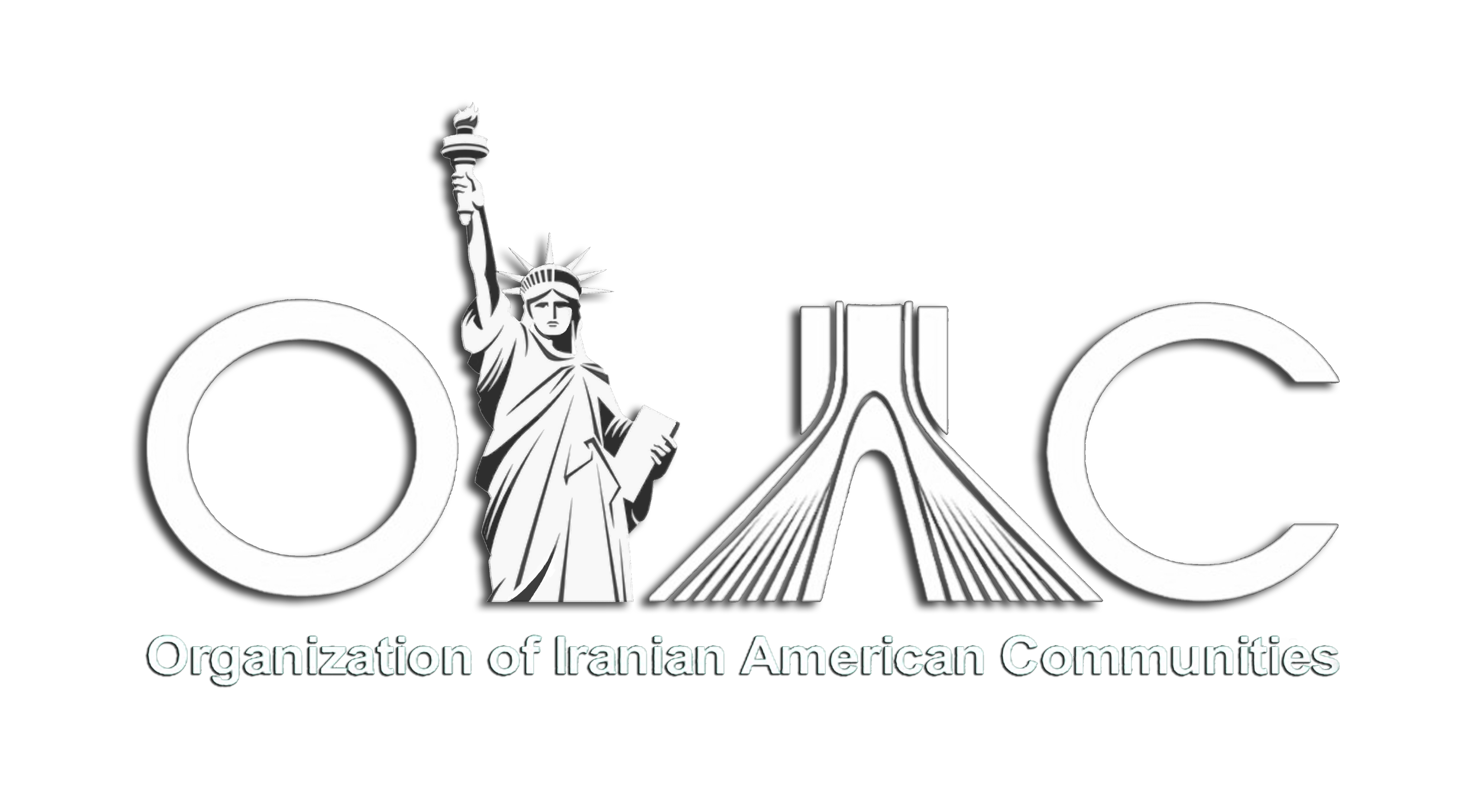It has been fictionalized, dissected, and speculated over at every angle. The Iranian hostage crisis was a tense, tumultuous time in US-Iran relations, and had a strong impact on Iranian American culture at the time, and even since. Here is what you need to know about the event.
The Situation
It was November 4, 1979. A group of Iranian students decided to storm the US Embassy in Tehran, where they took over 60 Americans hostage, and continued to hold them hostage for 444 days. The remainder of the hostages were freed on January 21st, 1981.
The Boiling Pot
It’s difficult to summarize political upheavals to one single narrative. In essence, it was about a perception of power in Iran, and how Iranian students perceived the US to be holding too much weight concerning Iranian government, elections and political affairs. This perception was rooted in a long history of outside interference in Iran’s politics by the United States, and the detrimental effects that had continually ensued as a result.
This frustration of Iranian youths was a result of the United States and Britain actively overthrowing the previous democratically elected prime minister, to help instate a more theocratic ruler who expressed positive sympathies to the west. This was a major factor, among others, that encouraged this divide.
The Tipping Point
President Jimmy Carter made the decision to allow Iran’s deposed Shah, who was a pro-western figure, to come to the United States to receive treatment for his cancer. In reaction to this gesture, and in reaction to this sense that the United States had meddled one too many times in Iranian affairs, students, followers of Khomeini of took to the streets—and then to the US Embassy—to express their outrage. This student revolt of sorts was used by Ayatollah Ruhollah Khomeini to strengthen his clerical and military government would be better suited to Iran than a democratic system that had been so effectively manipulated by outsiders.
The Effect
An attempt was made to extricate the hostages using military force, but it was unsuccessful and resulted in the death of eight American service members. Then-president Jimmy Carter’s re-election attempts were dashed, as the public continually saw the hostage crisis as a reflection of his failed leadership. Thus, Ronald Reagan won the election and on January 21, 1981, a few hours after his inaugural speech was given, the hostages that remained were set free. Tensions between the United States and the Iranian regime, and Iranian American culture overall, have still not quite overcome the tension of the 1970s and 80s, although the political landscape continues to change.
